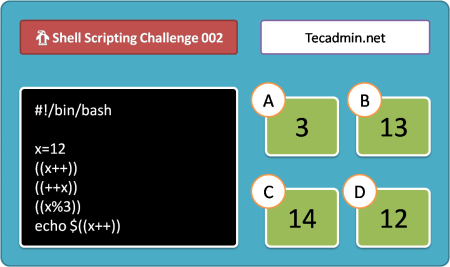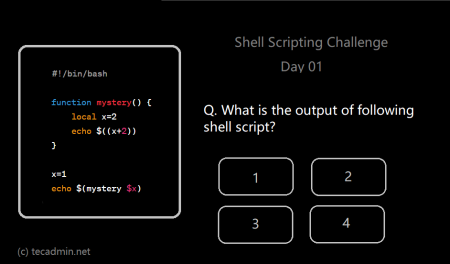As a developer or system administrator, you’re likely familiar with the power of Bash, the ubiquitous Unix shell scripting language. While functionality is vital, the readability and maintainability of your Bash scripts are just as important. In this article, we’ll dive into essential Bash formatting tips that will help you write clean, readable, and aesthetic code.
1. Use Consistent Indentation
Just like in any programming language, proper indentation is crucial for readability in Bash scripts. It helps you visually understand the code structure and quickly identify blocks of code.
- Use a consistent number of spaces or tabs for each indentation level.
- Stick to a single indentation style throughout your script (spaces or tabs, not both).
- Indent code blocks, such as loops and conditional statements, to clearly show their scope.
Example:
1 2 3 4 5 6 7 | if [ -f "file.txt" ]; then while read line; do echo "Line: $line" done < "file.txt" else echo "File not found" fi |
2. Prefer Long Options for Better Readability
Bash commands often have short and long options. Using the long version of options can improve readability, as they’re more descriptive and self-explanatory.
Example:
1 2 3 4 5 | # Less readable ls -l -a -h # More readable ls --long --all --human-readable |
3. Utilize Comments Wisely
Comments can be a double-edged sword. While they’re useful for explaining complex logic or providing additional context, overusing them can clutter your script. Follow these guidelines for effective commenting:
- Use comments to explain the purpose of a function, loop, or conditional statement.
- Avoid obvious comments that only restate what the code is doing.
- Keep comments up-to-date with the code. Outdated comments can be misleading.
Example:
1 2 3 4 5 | # Iterate over files in the directory and print their size for file in *; do size=$(du -sh "$file" | cut -f1) # Get the file size in a human-readable format echo "$file: $size" done |
4. Use Functions for Code Reusability and Abstraction
Functions can help you abstract complex or repetitive code, making your script more readable and easier to maintain. When writing functions:
- Give your functions descriptive names.
- Keep functions short and focused on a single task.
- Clearly define the input parameters and expected output.
Example:
1 2 3 4 5 6 7 8 9 10 11 | # Check if a file exists and is readable function is_readable_file() { local file="$1" [ -f "$file" ] && [ -r "$file" ] } if is_readable_file "file.txt"; then echo "File is readable" else echo "File is not readable or does not exist" fi |
5. Keep Line Length Reasonable
Long lines of code can be difficult to read and maintain. Aim to keep your lines below 80 characters, although modern editors can comfortably accommodate up to 120 characters. If a line is too long, break it into multiple lines using line continuations.
Example:
1 2 3 4 5 6 7 | # Long line command_with_many_options --option1 --option2 --option3 --option4 --option5 --option6 --option7 # Split into multiple lines command_with_many_options --option1 --option2 --option3 \ --option4 --option5 --option6 \ --option7 |
Conclusion
Mastering code aesthetics in Bash is essential for writing readable and maintainable scripts. By following these formatting tips—consistent indentation, using long options, commenting wisely, leveraging functions, and maintaining reasonable line lengths—you’ll create Bash scripts that are not only functional but also a pleasure to work with. As a result, you’ll improve collaboration with fellow developers, ease the debugging process, and enhance overall productivity. Remember, code aesthetics may seem like a minor detail, but they have a significant impact on the long-term maintainability and understandability of your codebase. So, invest time in refining your Bash scripting style, and enjoy the benefits of clean and elegant code.



